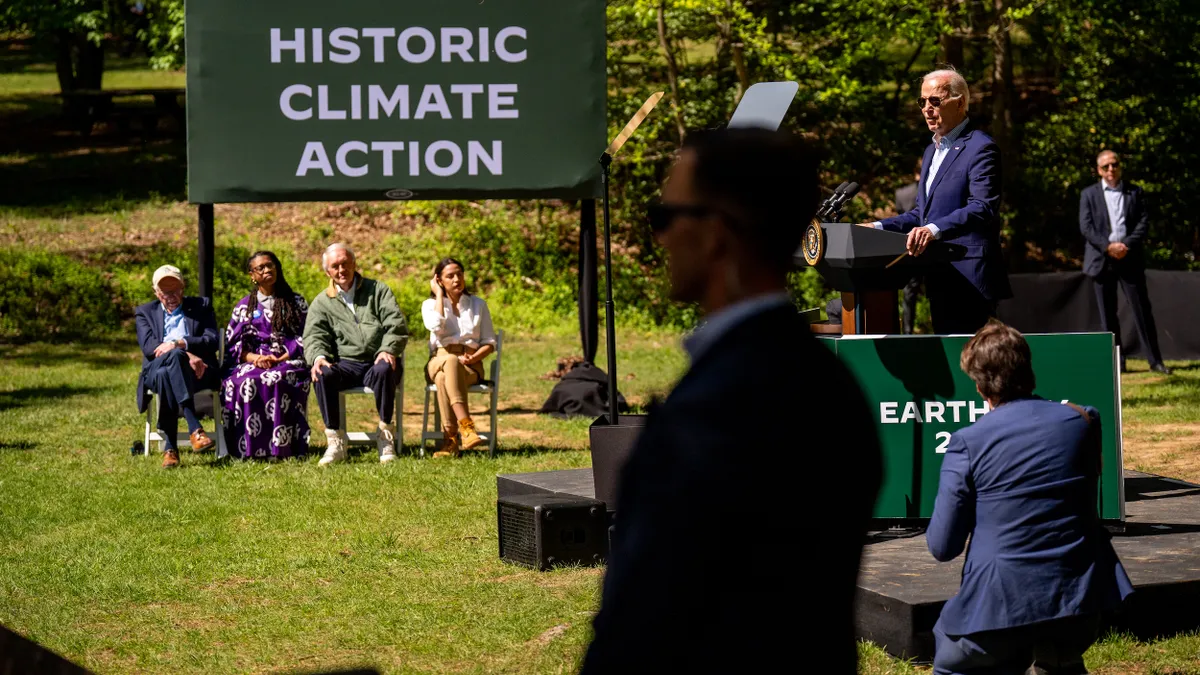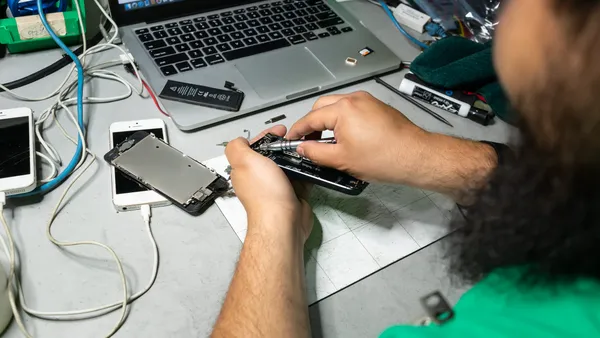Dive summary:
- A recent study conducted by Universitat Rovira i Virgili, the Catalan Institute of Human Paleoecology and Social Evolution (IPHES) reveals that humans from the Upper Paleolithic Age 13,000 years ago recycled their stone artifacts.
- Recycling tools was more common for domestic activities and associated with immediate needs, shown by the fact that the tools where not conceived from the beginning as double artifacts but was altered into a second tool later.
- One of the main ways archeologists were able to determine if the artifact had gone through a second modification (reusing or recycling) was by the use of fire to modify the object at different stages.
From the aricle:
A study at the Universitat Rovira i Virgili and the Catalan Institute of Human Paleoecology and Social Evolution (IPHES) reveals that humans from the Upper Palaeolithic Age recycled their stone artefacts to be put to other uses. The study is based on burnt artefacts found in the Molí del Salt site in Tarragona, Spain.
The recycling of stone tools during Prehistoric times has hardly been dealt with due to the difficulties in verifying such practices in archaeological records. Nonetheless, it is possible to find some evidence, as demonstrated in a study published in the Journal of Archaeological Science. ...














